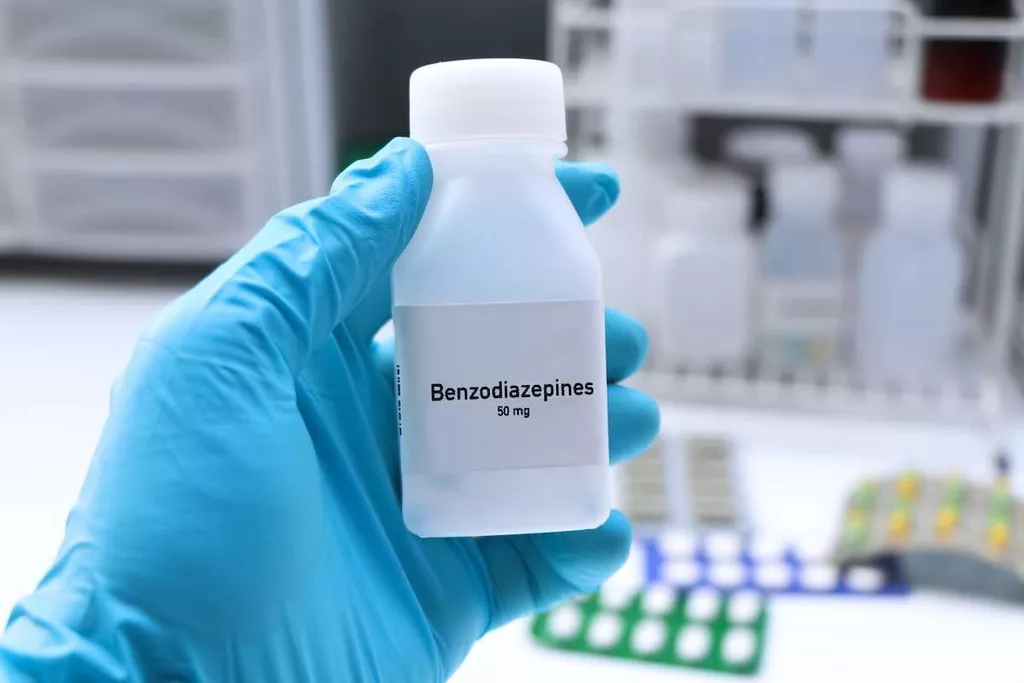Sober Living Homes Cost & Finding Housing Options

For non-profits seeking grants, the Grants.gov website is a comprehensive resource outlining eligibility for various government grants. Non-profits must meet the eligibility criteria before applying to avoid wasting time and resources. Additionally, the IRS website provides resources on the lifecycle of an exempt organization, including applying for tax-exempt status and understanding charitable contributions. To apply for most government assistance programs, individuals can visit official state websites, call designated phone lines, or use resources like USA.gov’s Benefit Finder for guidance. Whether you are struggling with addiction, mental health or both, our expert team is here to guide you every step of the way. Don’t wait— reach out today to take the first step toward taking control of your life.
How does it support recovery?
This level of accountability is vital for early recovery, as it helps prevent relapse by ensuring that the home remains a safe and sober space for all residents. Understanding how insurance, particularly PPO (Preferred Provider Organization) plans, can cover the costs is essential for those considering or currently residing in sober living homes. Another significant benefit of living in a sober living home is the opportunity to learn and practice essential life skills in a supportive and supervised environment. Residents are often required to contribute to household responsibilities, manage their finances, and develop effective communication and conflict resolution skills. These experiences can greatly enhance their ability to successfully reintegrate into independent living while maintaining sobriety. While health insurance often covers various aspects of substance use disorder treatment, such as individual therapy or outpatient programs, sober living is a different matter.
Duration of Stay

The location of a sober living home can significantly impact your daily life and recovery process. Consider how the home’s location will affect your commute to work, school, or regular support group meetings. Finally, staying in a sober living home helps individuals find a new purpose and direction in life. Through community involvement, personal development activities, and the pursuit of sobriety, residents envision a future filled with possibilities. Life in a sober living home is structured around routines that promote healthy living and accountability. This structure includes designated chores, curfews, and scheduled group meetings, helping residents develop discipline and responsibility.
B Houses

For a couple of months in 1975, he found himself living on the streets and begging strangers for money before he entered a rehabilitation program. He moved to a county-run halfway house in Silver Spring, MD, to recover but soon learned that the facility was about to close. Some houses collect EES from its members on a monthly basis while many houses choose to collect EES on a weekly basis. This monthly or weekly amount varies from state to state and house to house and can range anywhere from $125 a week to $250 a week. When you call a house to set up an interview you can ask them how much their EES is. There are over 3500 self-sustaining Oxford Houses in the United States and more than 24,000 individuals in recovery living in these houses at any one time during the year.
In certain states, Medicaid may provide coverage for certain substance use disorder treatments, including therapy, detox, and residential treatment. While sober living homes are typically not covered, if the home offers therapeutic services or intensive outpatient programs, those aspects may be eligible for reimbursement under Medicaid. A Oxford House sober living home is a type of transitional housing that provides a safe, supportive, and structured environment for people recovering from substance abuse. They give people in need the room to create a new daily routine outside of a living situation that may otherwise trigger them to relapse to drugs or alcohol. Residents have support from others living in the house to stay away from intoxicating substances.
- It includes building relationships, supporting others and practicing healthy ways to overcome triggers.
- For some it can be difficult to go back into their former living arrangements for fear of relapse, and other negative influences.
- Yes, sober living homes in New Jersey are effective for preventing relapse, especially when stays exceed 90 days and involve structured peer support.
- You generally cannot be late with your payment or fail to pay it if you want to remain living there.
- This website does not recommend or endorse any specific tests, physicians, products, procedures, opinions, or other information that may be mentioned on the Site.
While the cost can vary, there are affordable options available for those who need it. Accreditation from organizations like NARR and NARR can provide assurance of a safe and supportive environment for residents. It is obvious that you must consider insurance as one of the foremost payment options for your sober living facility – whatever you choose. However, sober living facilities extend beyond rehab, so insurance companies are not required to cover this. While some individuals may be able to cover the cost of sober living with their own funds, many others may need to seek out other options. Some health insurance plans may cover the cost of sober living as part of an addiction treatment program, while others may not.
Amenities Offered

For those uninsured, there are scholarship and funding options available at some recovery homes. According to a study by the National Institute on Drug Abuse (NIDA) (2020), individuals who remained in sober homes for 6 months or more had a 57% lower relapse rate compared to those who left earlier. There are several grants available for starting a sober living home, including the Substance Abuse and Mental Health Services Administration (SAMHSA) and the National Institute on Drug Abuse (NIDA). It’s important to do research and apply for grants that fit your specific needs and goals. Additionally, residents may have access to vocational training programs or educational resources to help them gain skills and qualifications for job opportunities. Our network of houses is only as strong as the community support we receive and the involvement of current and former members.
This gradual transition helps individuals adjust to sober living in a controlled, supportive environment, significantly reducing the risk of relapse. PPO plans can be particularly beneficial for individuals in recovery seeking outpatient services. These plans often cover a significant portion of the costs for therapy sessions, counseling, and other outpatient treatments in the sober living program. Additionally, individuals can seek guidance from addiction treatment professionals, social workers, or community organizations that may have knowledge of affordable sober living options. Leveraging existing networks and support systems can help individuals identify cost-effective solutions that align with their financial resources.
- Sober living homes provide a gentle way for you to adjust to life without substances, surrounded by people who understand your struggles and support your recovery.
- The time you stay in sober housing can change based on what you need and the rules of the sober living home.
- The various types of sober living homes contribute to the inclusivity of addiction recovery, offering a spectrum of options to meet the diverse needs of those on the path to rebuilding their lives.
- Remember, the right sober living environment plays a crucial role in supporting your sobriety and providing a foundation for a healthier, substance-free life.
- The price of the monthly electric, water and gas bill will be shared among all of the home’s residents.
- Alternatively, if the cost only covers rent, try comparing that cost to the rent you would pay to live somewhere else.
- Halfway houses likely have a limit to how long you can stay there and while some sober-living houses have this as well, not all of them do.
Overall, the cost of sober living can vary widely depending on a number of factors. While it may be an additional expense for those in recovery, the benefits of a supportive sober living environment can be invaluable in building a new life free from addiction. For those with loved ones struggling with alcohol addiction or substance abuse, considering a sober living environment as part of a comprehensive treatment program may be an important option to explore. A sober living home is often mistaken for a halfway house, but it is a different place. It provides a safe and helpful space for people recovering from substance abuse.
In fact, the state generally requires these homes to operate at full capacity if possible. That could mean sharing the home, as well as the monthly rent or mortgage payment, with as many as eight to nine other sober home near me residents. In some situations, you might be able to find financial help to afford living in a sober living home.
Adresa
Hotel Korsal
Šetalište Frana Kršinića 80
20260 Korčula, Hrvatska-

-

Kontakt
Telefon: +385 20 715 722
E-mail: info@hotel-korsal.com

